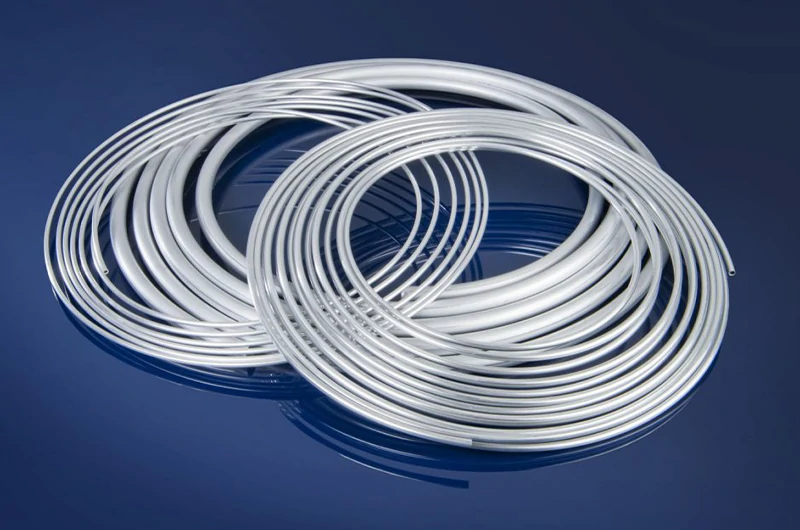3103 aluminum tube (also known as 3103 aluminum piping) is an essential product widely used across various industries, including HVACR (heating, ventilation, air conditioning, and refrigeration), automotive radiators, aerospace heat exchangers, and other heat transfer applications. Its inherent properties, such as corrosion resistance, good formability, and adaptability to various environmental conditions, make it an ideal choice for manufacturers.
Click to view the 3103 Aluminum Tube Product Guide.
Popular Products of 3103 Aluminum Tube
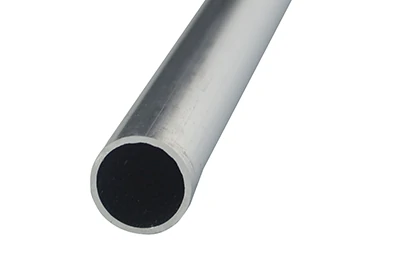 3103 Aluminum Round Tube
3103 Aluminum Round Tube- Temper: H12, H14
- Outer Diameter: 10mm-200mm
- corrosion resistance and formability, making it suitable for HVAC and general cooling applications. Its primary advantages include being lightweight, easy to install, and efficient in heat dissipation.
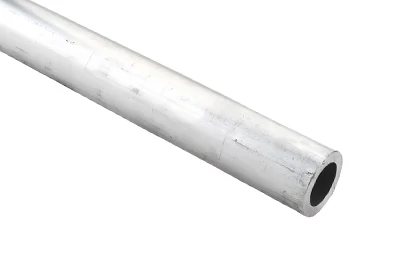 3103 H12 Extruded Aluminium Tub
3103 H12 Extruded Aluminium Tub- Temper: H12, O
- Outer Diameter: 20mm-180mm
- The 3103 H12 extruded aluminum tube is particularly suited for automotive radiators and aerospace heat exchangers. This tubing provides good strength and machinability, able to withstand high pressure and effectively facilitate heat transfer.
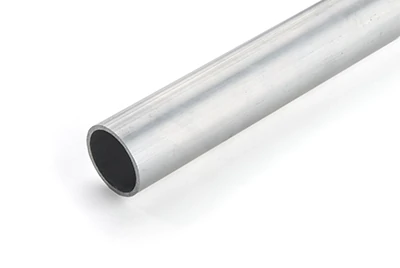 3103 Aluminum Round Tube
3103 Aluminum Round Tube- Temper: O, H112
- Outer Diameter: 15mm-150mm
- The 3103 seamless aluminum tube has excellent pressure resistance and good corrosion resistance, widely used in refrigeration and heat exchanger applications, ensuring long-term stability and reliability of systems.
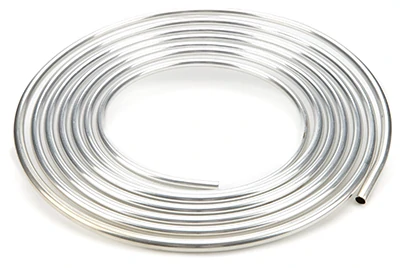 3103 Aluminum Coil Tube
3103 Aluminum Coil Tube- Temper: O
- Outer Diameter: 3mm-15.8mm
- The 3103 aluminum coil tube is available with both grooved and smooth bores, specifically designed for air conditioning and automotive HVAC systems. It enhances overall heat exchange efficiency and serves as an ideal substitute for copper tubing.
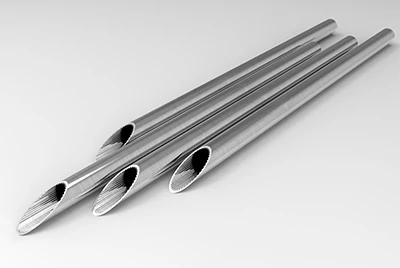 3103 Aluminium Inner Grooved Tube
3103 Aluminium Inner Grooved Tube- Outer Diameter: 5mm-15.8mm
- Groove Height: 0.05-0.3mm
- The 3103 aluminum inner grooved tube comes in straight or helical internal grooves and can be customized to meet client requirements. It is widely used in residential, commercial, and automotive air conditioning heat exchange systems, enhancing heat transfer efficiency and optimizing system performance.
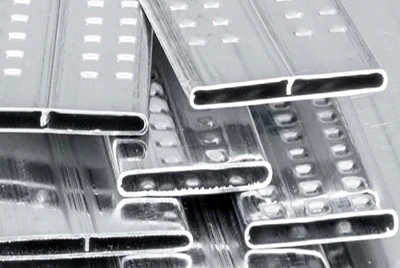 3103 High-Frequency Welded Aluminum Tube
3103 High-Frequency Welded Aluminum Tube- Outer Diameter: 15mm-100mm
- Using high-frequency welding technology, the 3103 high-frequency welded aluminum tube quickly heats and welds aluminum edges with high-frequency currents, ensuring weld strength and stability. This fast and efficient welding process makes it suitable for automotive, home appliance, and HVAC systems, particularly in high-volume production and cost-sensitive applications.
Mastar Metal - Premium Aluminum Tube Supplier
- Competitive Pricing: Supporting both retail and bulk purchases for metal distributors, we offer discounts and rebate policies for B2B clients. Pricing is transparent, and we ensure a price advantage for tubes of the same quality.
- Timely Delivery: With tens of thousands of tons in inventory, standard sizes can be matched to stock for quick shipment. Advanced equipment and a professional team shorten delivery times, providing efficient logistics for on-time delivery.
- Premium Products: Using high-quality aluminum billets produced through reverse extrusion processes, complemented by excellent heat treatment techniques, we optimize product strength and ductility, ensuring uniform cooling and annealing for high tensile strength and superior performance.
- Comprehensive Quality Inspection: We strictly enforce multiple inspection procedures, including tensile strength, elongation performance, ultrasonic testing, and metallographic testing to ensure that aluminum bars meet AMS, EN, NADCAP, and other certification standards.
- Customer Service: Offering comprehensive after-sales service to address customer concerns, our experienced technical team provides professional consultation and support, establishing a robust customer service system for a superior service experience.
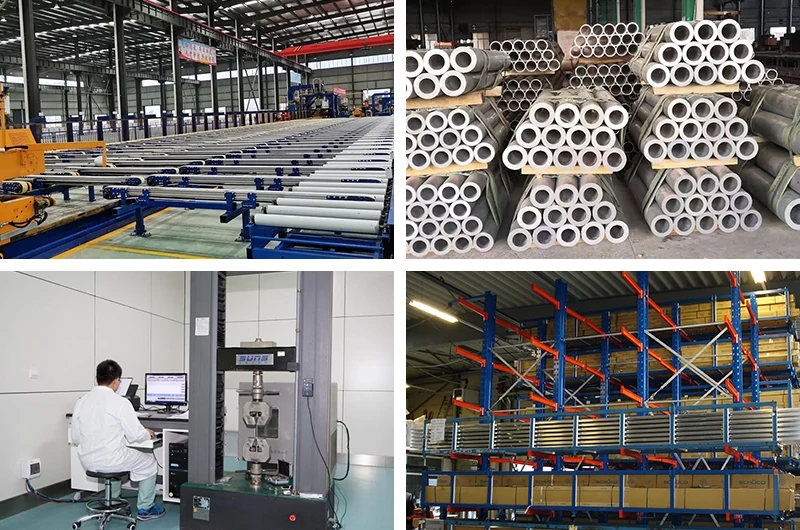
Core Advantages of 3103 Aluminum Tube
3103 aluminum alloy is an aluminum-manganese alloy renowned for its outstanding corrosion resistance and formability. It is commonly used in applications requiring moderate strength and good workability. These characteristics make it particularly suitable for environments requiring stable and reliable performance, especially in conditions exposed to moisture or other potentially corrosive substances.
1.Corrosion Resistance: The 3103 alloy provides excellent corrosion resistance, essential for automotive radiators, HVAC systems, and aerospace applications.
2.Formability and Weldability: The excellent formability of 3103 aluminum allows it to be easily extruded into various shapes and sizes, such as round tubes, seamless tubes, and coil tubes. It is also suitable for welding, providing greater flexibility in product design.
3.Thermal Conductivity: High thermal conductivity makes 3103 aluminum an ideal choice for heat exchangers and radiators, contributing to efficient heat dissipation in automotive radiators and air conditioning systems.
Industry Applications and Pain Points of 3103 Aluminum Tube
HVACR and Air Conditioning Industry
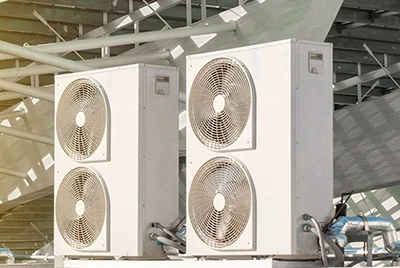
- 3103 aluminum tubing is used in HVACR and air conditioning systems for its high efficiency in heat transfer and its ability to withstand refrigerant gases, making it ideal for use in evaporators and condensers.
Solution Overview
Compared to traditional copper tubing, aluminum offers a cost-effective alternative, significantly reducing production costs without compromising performance. Grooved, cold-drawn tubing designed specifically for air conditioning further enhances heat exchange efficiency, making it a strong alternative to copper tubing. Advantages over copper tubing include:
- Lower Material Cost: Aluminum is much cheaper than copper, helping to reduce overall manufacturing costs.
- Lightweight: The lightweight nature of aluminum makes 3103 aluminum tubing easier to transport and install, reducing labor costs during installation.
- Corrosion Resistance: Aluminum tubing is more corrosion-resistant than copper in humid environments, extending the equipment's lifespan.
Automotive Cooling Systems
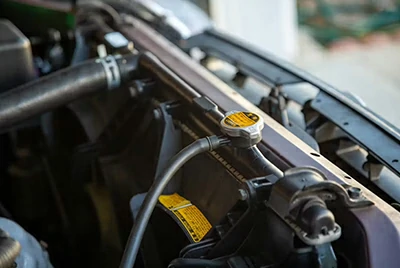
- 3103 O/H112 aluminum coil tubing is widely used in automotive cooling systems like radiators and evaporators. Its main advantage is effective heat dissipation while retaining strength. The inner grooved tubing performs exceptionally in high-demand radiator applications.
Solution Overview
With the rising demand for lightweight automotive materials, more manufacturers are shifting to aluminum components to improve fuel efficiency and reduce emissions. Automotive cooling systems require tubing that can efficiently dissipate heat and resist long-term corrosion, which 3103 aluminum tubing meets. Key industry pain points and solutions include:
Heat Exchanger Performance Issues: One of the main concerns with aluminum tubing for heat exchange is its performance under varying pressures and temperatures. The 3103 aluminum inner grooved tubing, specifically designed for air conditioning systems, increases surface area through its grooved structure, enhancing heat efficiency while maintaining strength, making it ideal for high-demand applications.
Challenges in Procurement and Supply: Procuring aluminum alloy raw materials often poses challenges in ensuring material quality and consistency. Supplier variations in production standards can lead to quality fluctuations. To address these issues, Mastar typically sources from certified raw material suppliers to ensure that the 3103 seamless aluminum tubing meets international standards. Verifying material certification is a critical step in ensuring quality compliance.
Delivery Time and Reliability: Industries using aluminum components frequently encounter delays, especially with large orders or international supply chains. Mastar's robust supply chain network supports continuous bulk supply of grooved, cold-drawn 3103 aluminum tubing, minimizing downtime and ensuring timely delivery.
Product Guide of 3103 aluminum tube
Chemical composition of 3103 aluminum tube
| Element | 3103 |
| Si | 0.50 |
| Fe | 0.70 |
| Cu | 0.10 |
| Mn | 0.9-1.5 |
| Mg | 0.30 |
| Cr | 0.10 |
| Ni | - |
| Zn | 0.20 |
| Ti | - |
| Remarks | 0,10Zr+Ti |
| Others (Each) | 0.05 |
| Others (Total) | 0.15 |
| Al | Rem |
Physical properties of 3103 aluminum tube
| Properties | Value |
| Density | 2.73 g/cm³ |
| Melting point | 655°C |
| Thermal conductivity | 160 W/m·K |
| Coefficient of thermal expansion | 23.1µm/m·°C |
| ElectricityResistivity | 42%IACS |
Mechanical properties of 3103 drawn aluminum tube(EN 754-2)
| Properties | O/H112 | H11 | H12 | H13 | H14 | H15 | H16 | H17 | H18 |
| Tensile strength Rm/MPa | 95-130 | 105-140 | 115-150 | 125-160 | 130-165 | 145-180 | 160-195 | 170-205 | 180 |
| Yield strength Rp0.2/MPa | 35 | 55 | 75 | 95 | 110 | 120 | 130 | 140 | 145 |
| Elongation | 20-25% | 16-20% | 12-14% | 8-11% | 4-6% | 3-4% | 3-4% | 2-3% | 2-3% |
| Hardness | 29 | 32 | 35 | 38 | 40 | 44 | 47 | 51 | 55 |
Comparison of 3003 vs. 3103 Aluminum Alloys
Chemical Composition
- 3003 Aluminum Alloy: Primarily contains 1.0%-1.5% manganese, providing good corrosion resistance and formability.
- 3103 Aluminum Alloy: Contains slightly more manganese than 3003, typically between 1.0%-1.8%, which enhances certain properties such as compressive strength and corrosion resistance.
Mechanical Properties
- Strength: 3103 aluminum alloy generally has slightly higher strength than 3003 due to its higher manganese content, which increases tensile strength and hardness.
- Ductility: 3003 aluminum alloy offers higher ductility, making it better suited for applications requiring complex forming processes, such as deep drawing and spinning.
- Hardness: 3103 has slightly higher hardness than 3003, making it more suitable for applications needing greater strength and hardness, such as certain pressure vessels and high-pressure piping.
Corrosion Resistance
Both alloys have excellent corrosion resistance, especially in humid environments or atmospheric conditions. Their corrosion resistance is largely similar, though 3103 may perform slightly better in certain corrosive environments due to its slightly higher manganese content.
Weldability
3003 and 3103 aluminum alloys both offer good weldability and are typically joined using MIG or TIG welding. There is no significant difference in weldability between the two, making them suitable for the same types of welding applications.
Primary Applications
- 3003 Aluminum Alloy: Commonly used in applications requiring high ductility and formability, such as cookware, piping, storage tanks, and some decorative materials. Its formability and softness make it ideal for complex processing.
- 3103 Aluminum Alloy: With slightly higher strength and hardness, 3103 is better suited for applications requiring higher compressive strength and corrosion resistance, such as HVAC systems, automotive cooling systems, and aerospace heat exchangers. 3103 performs better in these high-demand scenarios.
How to Choose?
If high ductility and ease of processing are required, 3003 aluminum alloy is a better choice.
If the application requires greater strength and hardness, such as in pressure-intensive cooling systems or environments needing higher corrosion resistance, 3103 aluminum alloy is the more suitable choice.


